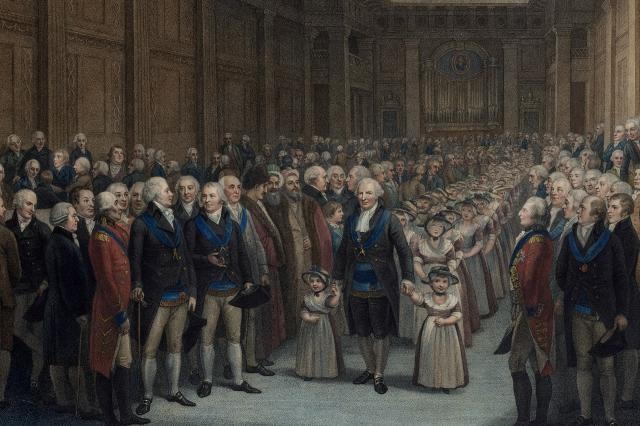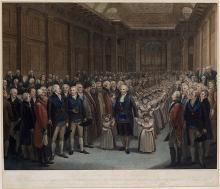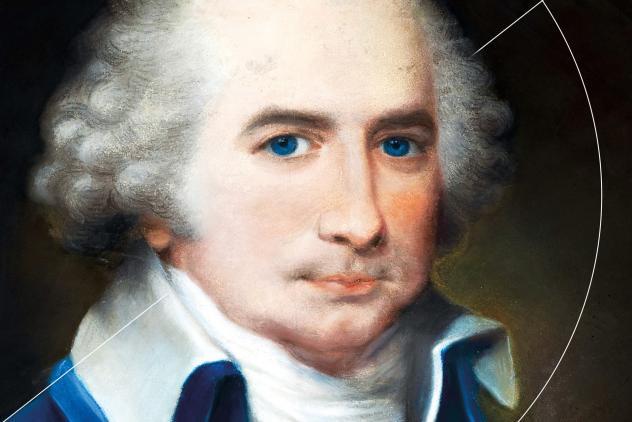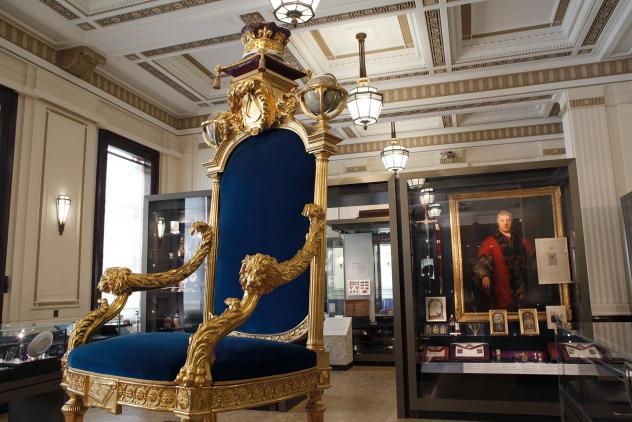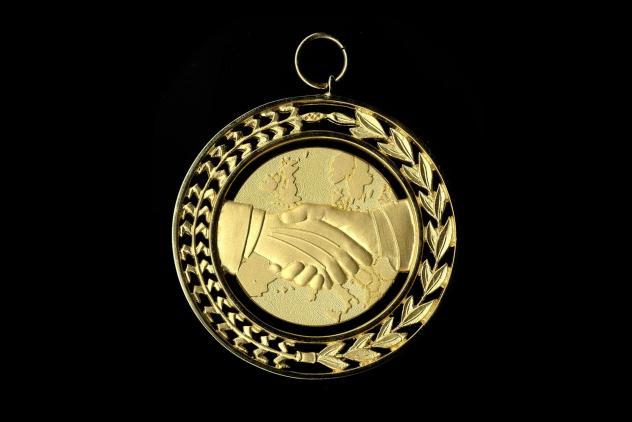Chevalier Bartholomew Ruspini was a highly regarded man in the 18th century.
As a professional dentist he not only mingled with wealthy and influential personalities, he treated them. With his pain-relieving medicines and blood-clotting styptics he helped rid them of their aches and in some cases saved their very lives.
As a philanthropist he used the fortune he made to help London's poor, donating treatments and personally visiting those in need. His generosity was such that his own financial legacy was all but drained upon his death in 1813. As a freemason in the 1700s, Ruspini would have mixed with social reformers and scholars as well as scientists, artists, aristocrats, merchants and professionals alike.
There is a famous picture that encapsulates all of this in one scene. It depicts Ruspini in Freemasons' Hall, leading a procession of children from the newly established Royal Cumberland School for Girls. This was a charity he set up to help the daughters of freemasons who had fallen on hard times. The school was given Royal patronage, in particular through the Grand Master at the time, the Prince of Wales and the Duke and Duchess of Cumberland.
This 1802 hand-coloured engraving by Bartolozzi, another famous Italian based in London, was one of many sold to raise money for the freemasons’ girls school. Thomas Stothard, an English artist, created the original painting in the 1790s, which features many school patrons and governors, including the Prince of Wales, Grand Master.
Credit: Interactive built with Image Mapper developed by Paul Brunt
